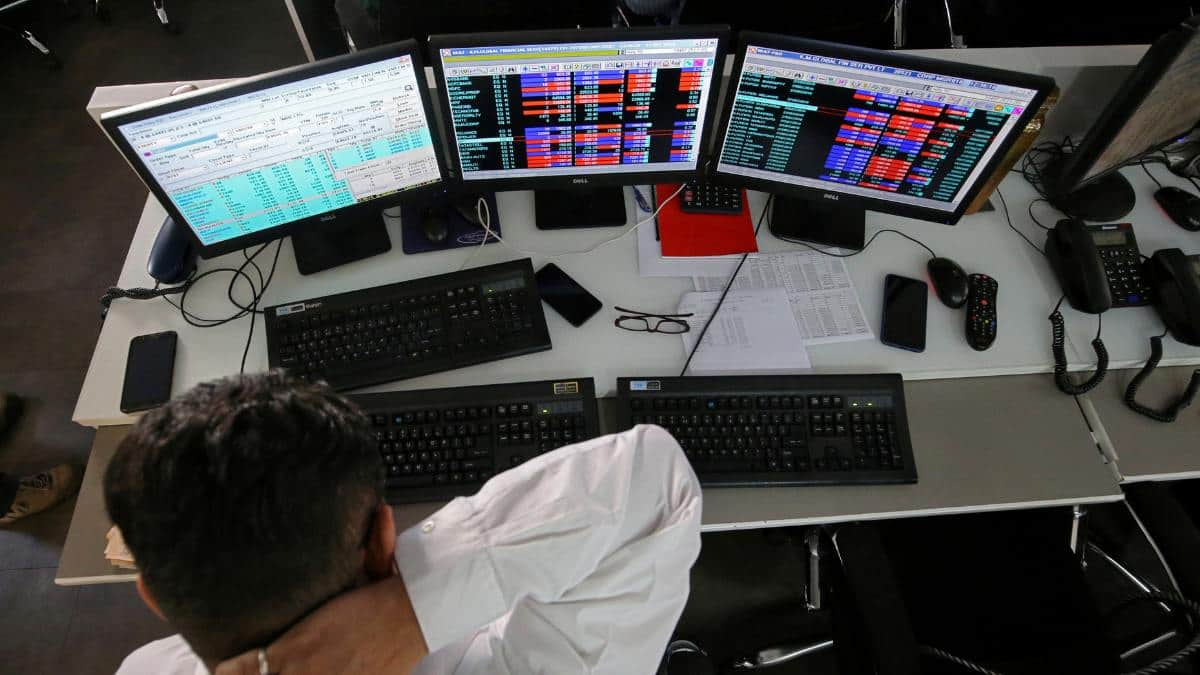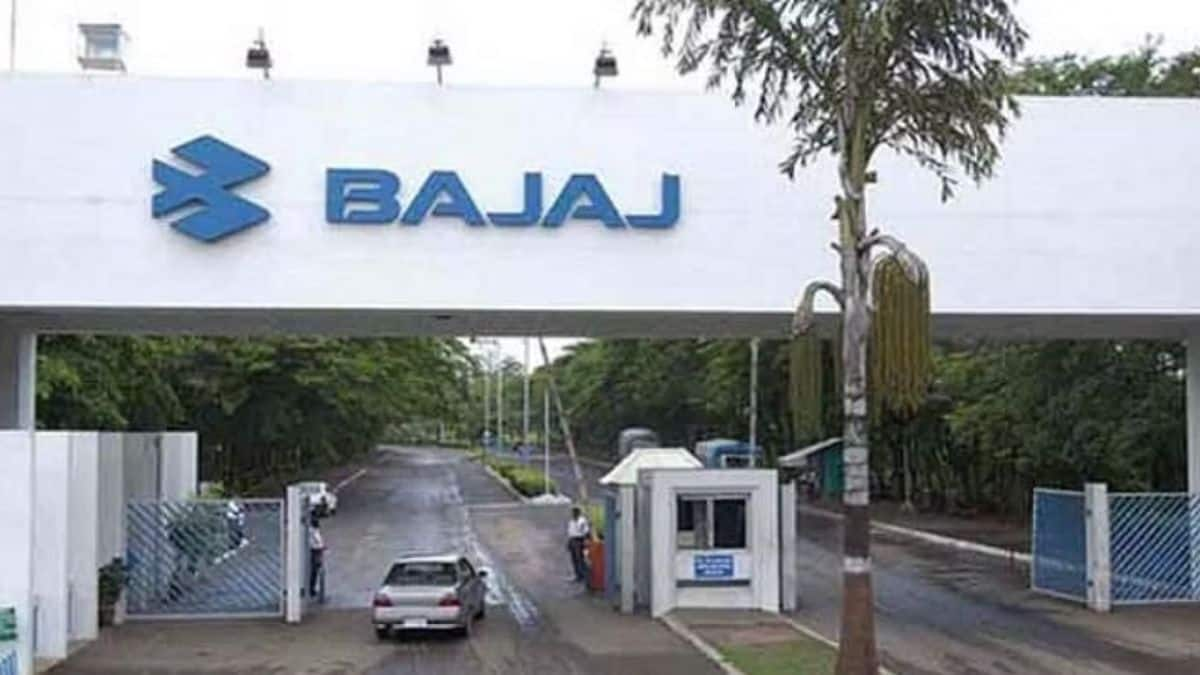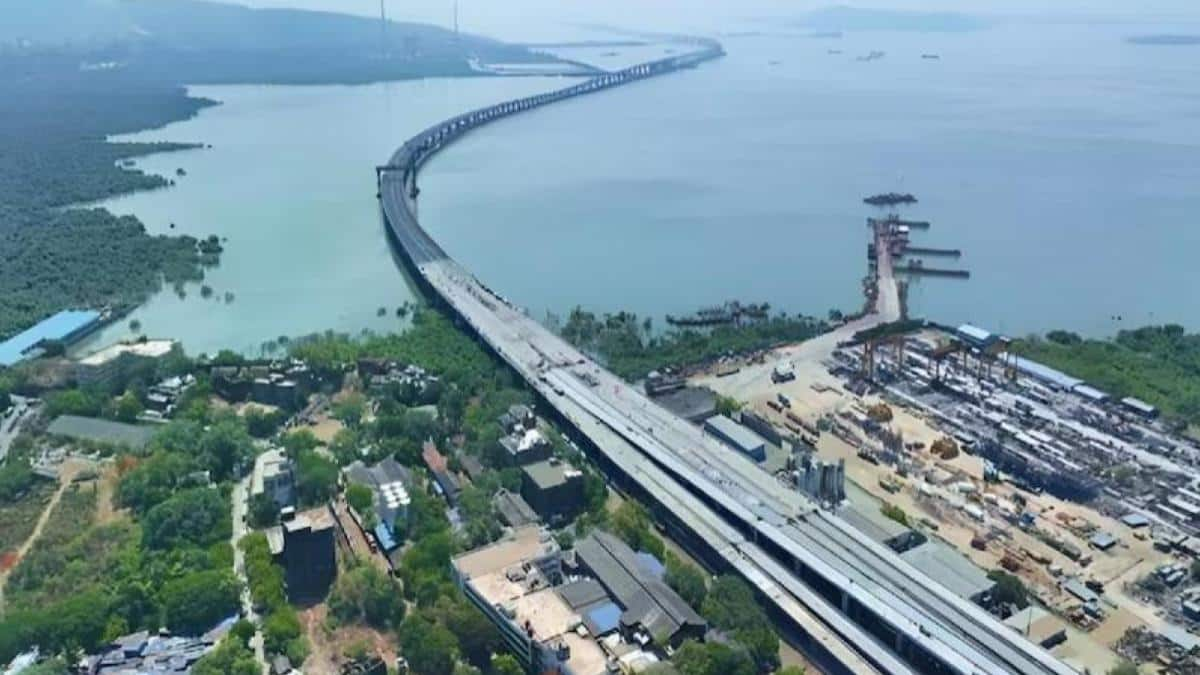Private sector will have equal or greater participation in overall capex

Private sector capital expenditure has accelerated in many sectors, like steel and automobiles, and will have a greater share in the overall capex in the medium term, according to Anish Shah, group CEO and managing director, M&M, and the newly elected Ficci president. In an interview with Prasanta Sahu & Rishi Raj, Shah said that the industry expects the economy to grow at 7.5-8% in the current fiscal and 8% in FY25 2024-25. He also said that several Indian companies are creating products that are winning in India as well as globally, which is a very positive sign. Excerpts:
What are your expectations from the upcoming interim/general Budget?
Do you think Indian firms have the potential to emerge as global leaders in certain sectors and should be helped through certain enabling policies? If yes, which are the potential sectors in your view?
There are multiple sectors. This is one big change that we are seeing over the last five to seven years. Several Indian companies are creating products that are winning in India versus global competitors by a significant margin. The next step is to be able to take these products around the world and we will have to win around the world. The starting point is can we win in India? Just take the example of the automotive industry. If you look at SUVs, I will bring the Mahindra example here – just see what has been done with the XUV 700, the Scorpio and the Thar. These are products that have been built in India with R&D spent in India that are winning against all the global majors by a very big margin. Our next goal is to take it to countries around the world and have market leadership in those countries as well. Similarly, other companies in India are building world-class products.
The government is doing heavy lifting in capex. Why is private investment not picking up?
We’ve gone through several global challenges – pandemic, global uncertainty around the economy and geopolitical issues. So, these could have resulted in certain sectors being more careful around investment. That said, some sectors are investing heavily. If I come back to our example, we’ve doubled SUV capacity already and we’re putting in more capacity. Steel has put in more capacity. We are seeing demand across multiple industries now whether it’s for holidays and hotels, whether it is for real estate, we started to see greater capacity coming in there as well. So, sometimes there’s a lag effect in making that happen. If you look at it from a medium-term standpoint, I think the private sector will have equal or even greater participation as we go forward in overall capex.
There’s much focus on Make in India by creating enabling conditions for global firms to set up their supply chains in India. Where does this leave domestic companies?
There are two components of Make in India. One is overseas companies coming and making India part of their value chain because they will look at diversifying their supply chains. The second is Indian companies manufacturing in India for the world. Both will require a broader ecosystem and needs to be inclusive.
There are reports that EV manufacturers like Tesla may be given duty concessions so that they set up shop in the country. Don’t you think such a move will be unfair to other auto manufacturers who have made significant investments over the years?
I won’t talk specifically about the auto industry but multiple companies are investing in various countries around the world. What I will like to say is that if companies believe in India, they should invest in India, and that’s where we would welcome competition.
Rural demand continues to be slow. Is it a worrying sign?
I will look more at a longer period. If I take the tractor industry as a proxy for farm-rural, the tractor industry grew 27% in the first year post-Covid. If we look at it over the last three years or so, it maintains its long-term growth average of a high single-digit growth rate. Non-farm rural has been impacted a little more, and we’ve heard a lot of FMCG companies talking about that. But here again, if we look at the longer-term momentum, I’d say it’s on track. We will see some blips as we go along from time to time, but it’s generally on track to the economy growing at 7.8-7.6% over the last two quarters. It’s (growth rate) going to continue bringing everyone else into that fold as well. We have seen an element of K-shape recovery which is why inclusive growth becomes a very important aspect for us.
But tractor sales during the current fiscal are not doing well…
Yes. This year, we expect the industry to be flat, even slightly negative. So, one aspect (of slowdown) is highways and the second aspect is a little bit of erratic monsoon. As overall incomes grow, we will see more mechanisation coming in.
Is it K-shaped recovery or premiumisation that is playing out when you look at the trends in sectors like passenger vehicles or consumer electronics?
I think it’s a combination of both. People may prefer something that’s more premium, that’s a better product. This is a very positive sign for the economy because that’s saying that we’re not going to accept your value products. We want product quality. That is what will push Indian manufacturers to be able to develop better products or it’s the other way around as well, which is Indian manufacturers have developed better products and which is why consumers are now saying I want those better products. That’s one aspect. The other aspect is there’s certain stress in certain segments of the economy due to inflation. As inflation moderates, that will alleviate the issues around the K shaped recovery.
Why are tax collections growing at more than double the pace of nominal GDP growth so far this fiscal?
In some ways, this is the GST transformation playing out. We are seeing a greater amount of goods and services across the country being captured in the tax environment which is a positive step for the economy.
Some PLI schemes are doing very well but some are slow in picking up. Do you think some tweaks are needed?
We think it’s well thought through and it is also being implemented well. Wherever the government sees that the spirit of PLI is not being followed, there is a quick action to correct that. We feel it’s on the right track. It’s being done in a way where there’s a multiplier effect, which is the right way to do it. It’s focused on a few key areas and for a specific timeframe, which is also the right way to do it.



Leave a Comment